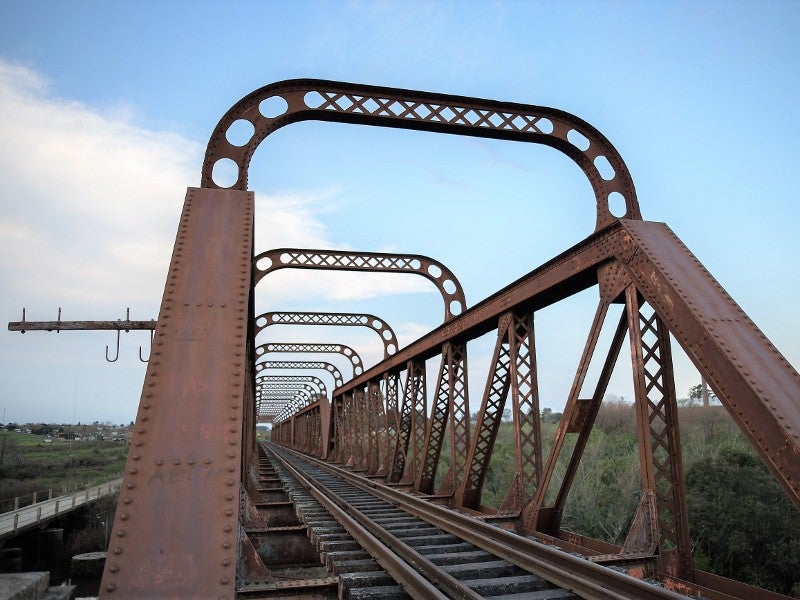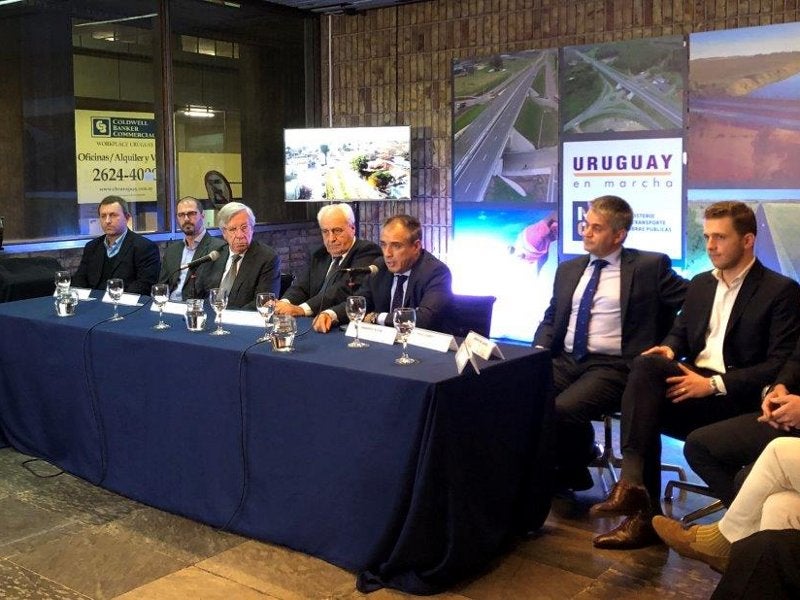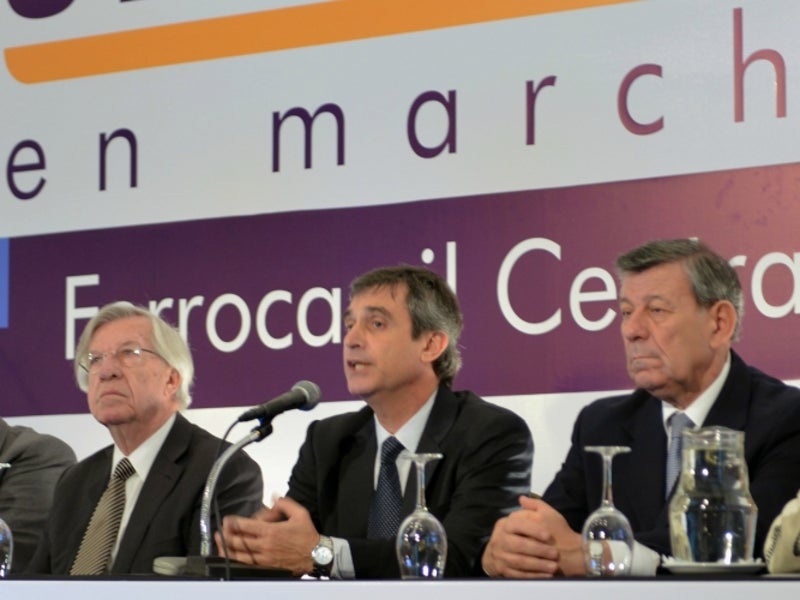The Ferrocarril Central Railroad project in Uruguay rehabilitated and constructed a 273km railway line connecting the capital city of Montevideo with the city of Paso de los Toros.
The project was a part of the Uruguay Government’s infrastructure plan to improve and promote railway freight movement. It was undertaken by the Ministry of Transport and Public Works of Uruguay through a public-private partnership (PPP). The total cost of the project is €1.2bn ($1.27bn).
Ground-breaking of the railroad project was held in May 2019. The railway line became operational in April 2024. It improves connectivity between the interior regions of Uruguay and Montevideo, as well as enables the transport of up to four million tonnes of cargo a year.
Ferrocarril Central Railroad project details
The Ferrocarril Central project involved the upgrade of safety and signalling systems, and railway level-crossings along the route, including the departments of Montevideo, Canelones, Florida, Durazno and Tacuarembo.
Existing railway lines were upgraded to a higher standard as part of the project to enable trains to travel at a maximum speed of 80km/h and carry 22.5t by axis.
The rail line’s initial 29km stretch was constructed as a double track from Montevideo and then as a single-track section for train crossings. Additionally, 17 new crossover stations were constructed.
The route has a total of 250 level crossings, 153 railway bridges, 30 road bridges and two overpasses with six trenches.
Up to 40 railway bridges along the route were either upgraded or rebuilt and up to 25 stations and passenger stops were also renovated.
Four metal railway bridges at Santa Lucia, Rio Pintado, Rio Yi and Rio Negro were restored to make them compatible with the latest load and gauge requirements.
The project also included the construction of side and main tracks for passenger and freight traffic and dedicated tracks for industrial connections.
The new track was designed to have continuous welded rail technology which replaced the traditional fasteners that generated noise. The W 21 rail fastening system with flexible adjustment to accommodate project-specific demands, is designed for concrete sleepers on ballasted track.
With the new technology, the acoustic impact was improved significantly compared to the old track.
In addition, the design also foresees the consideration for the future implementation of an electric train system, in particular, the gauges allow for the future installation of catenaries.
Infrastructure improvements of Ferrocarril Central Railroad
The Ferrocarril Central Railroad project included the construction of 340km of roads, which are similar to the previous layout.
Level crossings have barrier systems with sound effects and luminous signage, in addition to an automated system designed to improve road safety.
Railway passages are buried in six trenches at some points. The trenches separate road and rail traffic by moving one below ground level while keeping the other at surface level and eliminating vibrations.
Acoustic screens were installed to maintain sound levels within the appropriate range.
The project also included the construction of sewers and other drainage structures. An interconnection was also created for three existing rail lines.
Signalling and communication system details
A new signalling system with a high level of safety features was installed to ensure safe transportation. Existing level crossings were upgraded according to the current safety standards.
The existing telecommunications system was upgraded to incorporate a monitoring system for remote installations and a new data transmission system. It also includes the installation of an upgraded automatic level-crossing protection system and an automatic train control system.
The systems include a fibre-optic network, IP-fixed communications network, radio network and CCTV. Additionally, 190 RailRox level crossing systems, SIL-4 integrated in electronic interlocking solution and ERTMS-1 and railway inspection systems were also installed.
Construction details of Central Railroad
The Central Railroad was constructed in multiple stages, with initial works featuring the development of cartography plans, soil tests, and design adjustments. It was then followed by the installation of construction field offices and the removal of the current railway.
All 296km of the old track, in addition to the existing rails, fasteners and sleepers were removed. This stage was essential to enable the superstructure of the main track and sidings to be built later using new continuous welded rails, fasteners, concrete sleepers and ballast.
A total of 344km of new tracks was laid. The 264km of primary track, connecting the Port of Montevideo and the UPM pulp mill in Paso de los Toros was completed in November 2023. About 80km of secondary track was laid.
Financing details of Ferrocarril Central Railroad project
The project was funded through capital contributions from banking entities BID, CAF, CAFAM and other international private banks.
IDB Invest, an Inter-American Development Bank (IDB) Group member, along with a group of international investors and commercial banks approved a $500m financial package in April 2019 to support the construction and maintenance of the railway line.
The 17-year package comprises a senior loan of up to $440m and a subordinated loan of $60m.
Contractors involved
The Ministry of Transport and Public Works of Uruguay awarded a contract to the Grupo Via Central (GVC) consortium in May 2019 for the design, construction, financing, and maintenance of the Uruguay Central Railroad project.
Led by Spanish construction company Sacyr, the GVC consortium also included French design and construction company NGE Group, and Uruguayan engineering and construction companies Saceem and Berkes.
The consortium selected CAF Signalling and Revenga Smart Solutions to provide the design, manufacture, installation, testing, and commissioning of all signalling and communications systems for the project.
Ferralia was selected by the consortium to carry out steel shaping, reinforcement and installation. It provided a solution adapted to the requirements of the project through a plant to undertake the entire reinforcement frame production and manufacturing process.
Vossloh was selected for the supply of its W 21 rail fastening system for the project.
IDOM provided basic design, redefined the solutions to make the construction viable, developed detailed design, coordinated additional works, and provided technical support during the project’s execution. Maintenance services for the project will be provided for 18 years.




